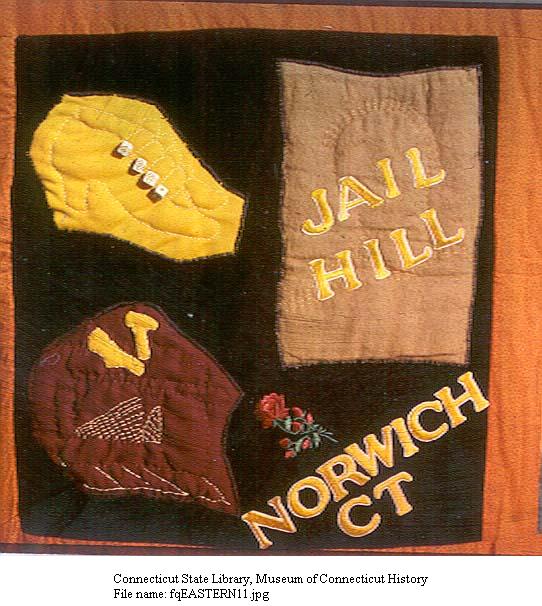
Jail Hill
Norwich
Diane Daniels
In the 1830s a new county jail was built in Norwich between Cedar and Fountain Streets north of the business district, an event which made the area less appealing to wealthier families. Because of the lower property values and proximity to business and employment, a number of African Americans families built houses in what became Jail Hill. Among these families were the Williamses, Harrises, Spelmans, and Smiths. Members of these families were active in the antislavery movement in Connecticut, and after the Civil War they provided teachers in the North as well as the South. Several daughters from these families attended Prudence Crandall's school in Canterbury. The Underground Railroad was active in Norwich, although there is little information available on how Jail Hill residents worked in this endeavor. One escaped slave who resided here was James L. Smith, who wrote an autobiography in 1881 (see Five Black Lives). Two of Smith's daughters graduated from Norwich Free Academy and were teachers in Washington D.C. The black community remained in the Jail Hill area into the early 1900s.
